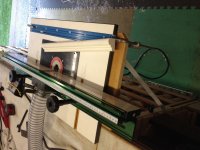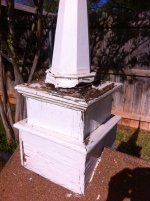rustym
Member
- Joined
- Jan 22, 2007
- Messages
- 251
Just wondering if any of you have worked with pvc moulding and flat stock. My questions are does the flat stock cut fine with TS55 and how does it do for routing. Also if you are sticking it to itself or wood what kind of glue do you use.
Any help,
Rusty
Any help,
Rusty



